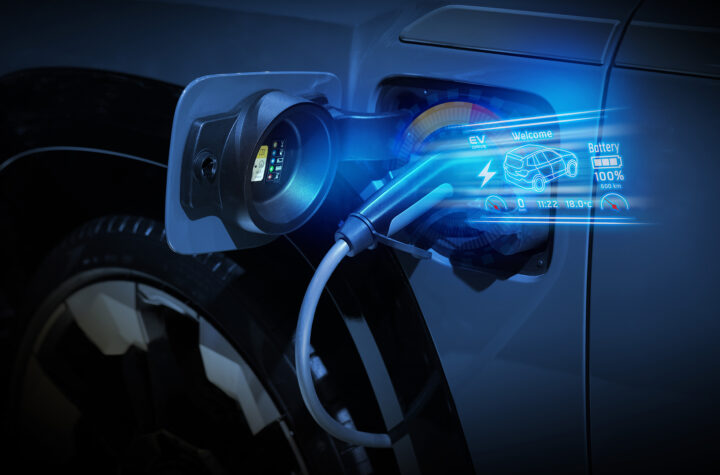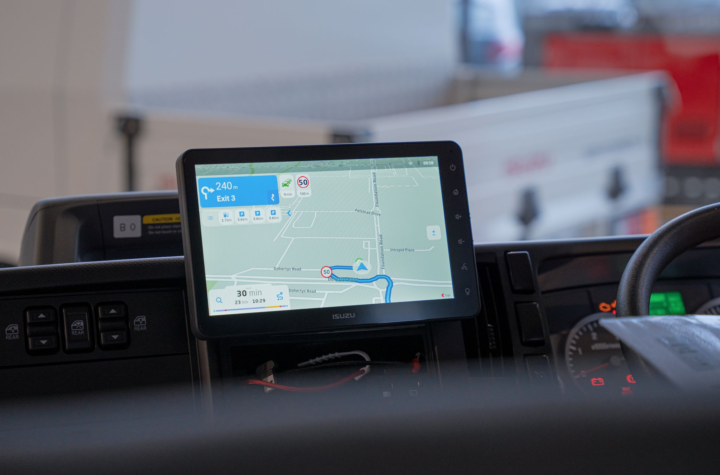
Johnson Controls, a global leader in automotive seating, interiors and electronics, is providing a series of innovative door panels, seat structures and instrument clusters for the new BMW 3 Series.
The door panels are made using a combination of natural fibers and plastic that are 20 percent lighter than conventional components. The seat structures for the driver’s seat save three to four kilograms depending on the model. The instrument cluster features an Automotive Pixel Link (APIX*) high-speed, point-to-point connection.
“With our innovative products, we are helping BMW make the new 3 Series comfortable and sustainable. We offer high-quality, lighter weight components that reduce fuel consumption,” said Beda Bolzenius, president of Johnson Controls Automotive Experience.
“We also use renewable and environmentally-sound raw materials in the interior components.”
The non-visible door panel elements for the new BMW 3 Series sedan and sports wagon models are largely made of wood fiber. The natural fiber carrier is directly molded with plastic. This innovative production method makes the door panel considerably lighter. A state-of-the-art process known as groove lamination is used to apply the fabric or leather trim on the door panel. This process involves the trim being joined in recesses, eliminating the need for an additional component and further reducing weight.
Four special features characterize the seat structure of the new BMW 3 Series. The use of high-strength steel means it is both stable and lightweight. The low seat back pivot point makes the seat particularly comfortable as it snugly fits the occupant’s back. The structure also offers a very finely graduated recliner to ensure the best sitting position. Adjusting motors using four-pole technology, in some cases with rare-earth magnets that have a stronger magnetic field than conventional ferrite magnets, are used in the electrically adjustable seats.
This means they need a smaller installation space and are approximately 200 grams lighter. With up to four motors per seat, this also enables a significant weight reduction. The seat structures are modular in design. They are available with four and eight-way functionality for four and five-door models. There is also a version with an easy-entry function for two-door models.
The basic instrument cluster for the new BMW 3 Series has day and night design and not only offers high-quality analog displays and LED pilot lights but also a 2.7-inch TFT display. The instrument cluster features a bidirectional APIX* high-speed point-to-point connection that facilitates robust image and control data transmission using just one interface. This technology is used in displays and stepper motors on the design circuit board to communicate with the electronics on the PCB (printed circuit board) behind it.
Data are transferred at 250 megabits per second, with the APIX technology facilitating up to 3 gigabits per second. Johnson Controls has engineered new solutions with respect to software and electromagnetic compatibility for the use of APIX.














More Stories
NXP accelerates the development of software defined vehicles with new family of Ethernet switches
Meet Rita Case – recipient of 2024 NAMAD Lifetime Achievement Award
Automotive Industries (AI) Newsletter October 2024